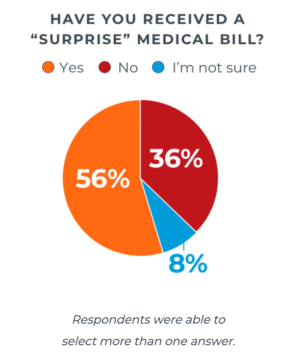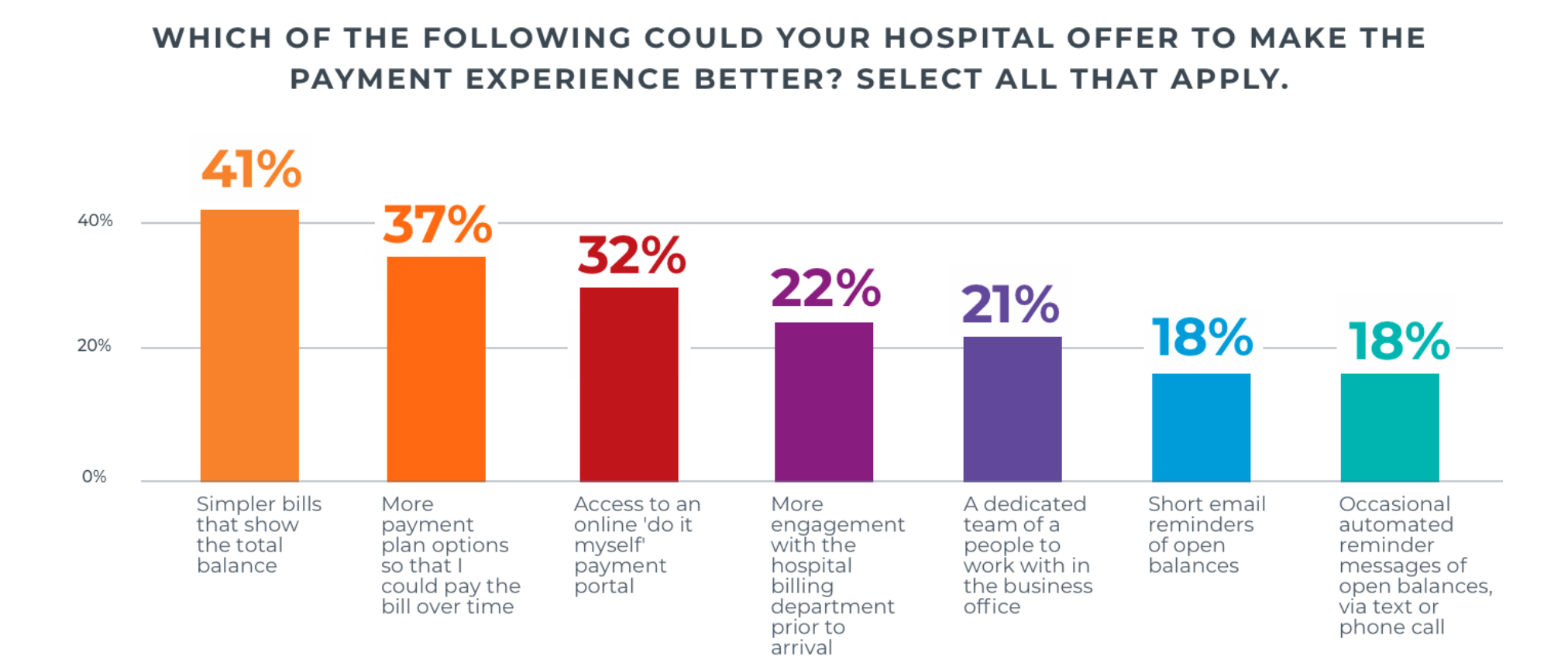
Easy-to-understand bills and access to more payment plan options would improve their payment experience at hospitals, a majority of patients said in a new report from healthcare revenue cycle firm Waystar.
Billing and patient collections are a uniquely frustrating pain point in the U.S. healthcare system. As a result of rising out-of-pocket costs and the opacity of the insurance system, healthcare consumers are increasingly saddled with bills that are confusing and often, surprisingly high.

About 56% of healthcare consumers say they have received an unexpected medical bill, and 48% have been late on paying a bill, a survey conducted by Waystar shows. The survey polled 1,000 U.S. residents in October who had received a medical bill from a hospital or specialty provider within the last six months.
A majority of consumers (51%) said that they were not able to pay their bill because of financial reasons, while 37% said they assumed their health insurance would cover the bill and 19% said they were unclear on how much they owed.
Healthcare consumers tend to find medical bills confusing, the report shows, with only 43% saying they fully understood their bill. This figure drops to about 37% for Generation Z and millennials. Most survey respondents (46%) said that an upfront explanation from the provider detailing what insurance would pay would help them better understand their bills.

Health Benefit Consultants, Share Your Expert Insights in Our Survey
Share some of the trends you are seeing among your clients across healthcare, including chronic conditions, behavioral health, healthcare navigation, and more.
It is important to note that the billing experience has an impact on consumers’ care choices. Almost half (49%) said they would consider switching physicians over a bad billing experience, and 45% said their most recent experience with a hospital billing office made them more likely to recommend that hospital to a friend. In addition, 81% said they would more actively pursue care if they knew their out-of-pocket cost. [Click to enlarge graph]
To improve patient experience, consumers said that hospitals could offer simpler bills that show the total balance (41%); more payment plan options so that they can pay the bill over time (37%) and access to an online payment portal (32%).
In 2021, hospitals will be required to provide a list of standard payment rates for 300 common procedures to the public. But, about 65% of survey respondents said they were not aware of the price transparency rule.
When respondents were asked whether having this publicly available list of standard prices would be helpful for understanding their healthcare costs, 90% said it would be somewhat helpful, but only 59% said they plan to use it. Gen Z and millennials appear more likely to use the information, with 70% saying they would look up the lists when they’re available compared with 59% of Generation X and 45% of Baby Boomers.
Photo credit: cat-scape, Getty Images, graphs from Waystar report















